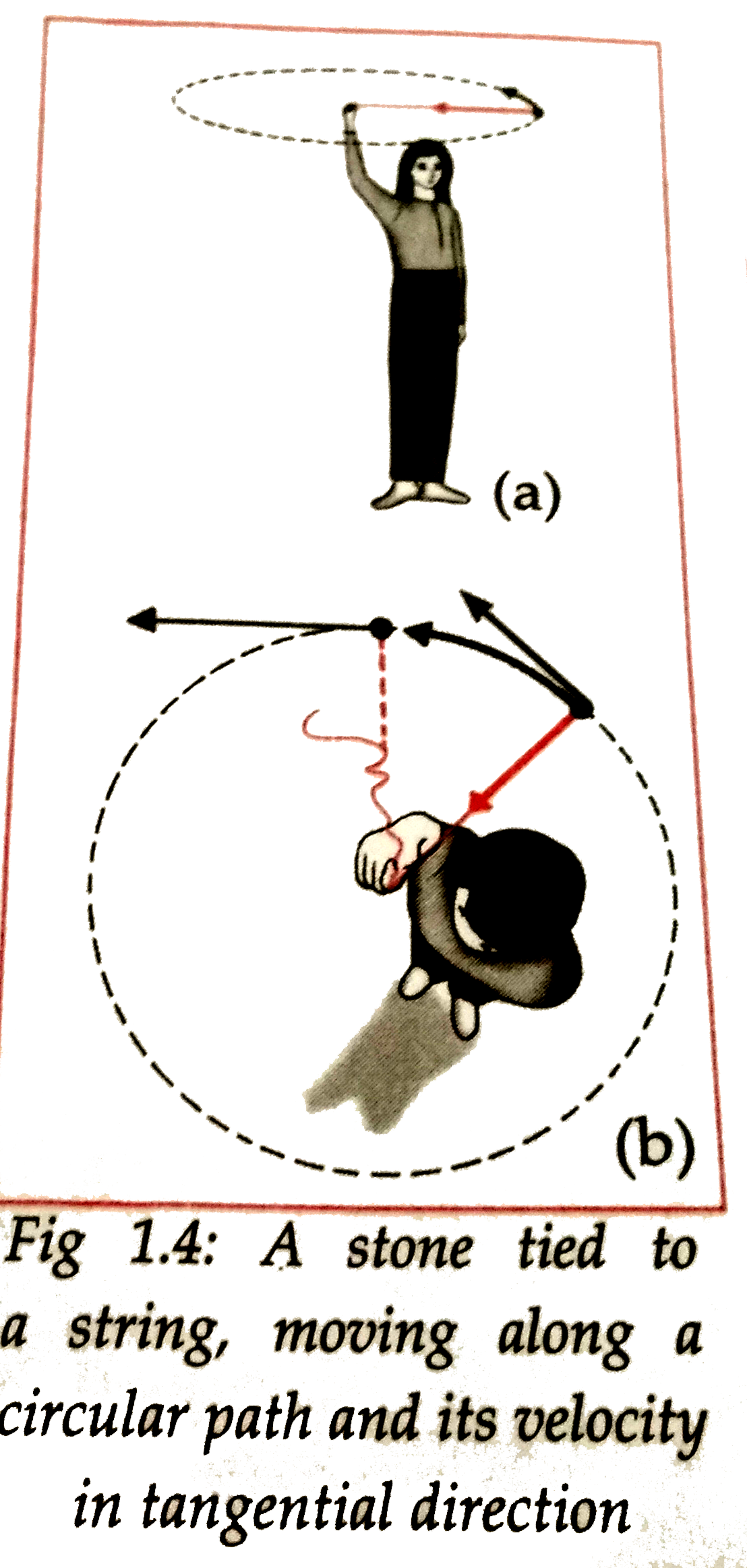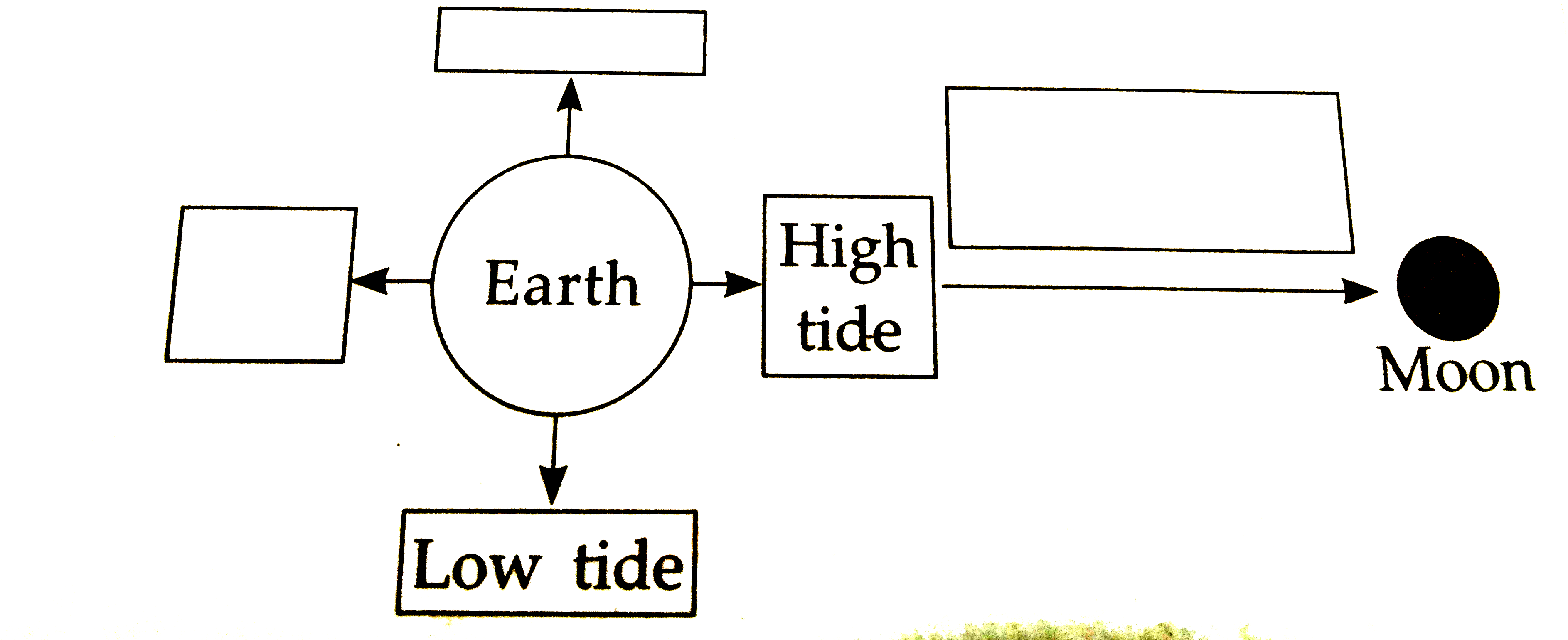Gravitational waves:
Waves are created on the surface of water when we drop a stone into it. Similarly you must have seen the waves generated on a string when both its ends are held in hand and it is shaken. Light is also a type of wave called the electromagnetic wave. Gamma rays, X-rays, ultraviolet rays, infrared rays, microwave and radio waves are all different types of electromagnetic waves. Astronomical objects emit these waves and we receive them using our instruments. All our knowledge about the universe has been obtained through these waves.
Gravitational waves are a very different type of waves. They have been called the waves on the fabric of space-time. Insteine predicted their existence in 1916. These waves are very weak and it is very difficult to detect them. Scientists have constructed extremely sensitive instruments to detect the gravitational waves emitted by astronomical sources. Among these, LIGO (Laser Interferometrc Gravitational Wave Observatory) is the prominent one. Exactly after hundred years of their prediction, scientists detected these waves coming from an astronomical source. Indian scientist have contributed significantly inthis discovery. This discovery has opened a new path to obtain information about the Universe.
What is the device, used to detect GRavitational waves?Solution in Tamil
LIGO(Laser Interferometric Gravitational waves Observatory) is used to detect Gravitational waves.
Topper's Solved these Questions
- GRAVITATIONBOOK - CHETAN PUBLICATIONCHAPTER - GRAVITATIONEXERCISE - ACTIVITY BASED QUESTIONS:
8 Videos
- GRAVITATIONBOOK - CHETAN PUBLICATIONCHAPTER - GRAVITATIONEXERCISE - ASSIGNMENT-1
15 Videos
- GRAVITATIONBOOK - CHETAN PUBLICATIONCHAPTER - GRAVITATIONEXERCISE - COMPLETE THE FLOW CHART
1 Videos
- DISASTER MANAGEMENTBOOK - CHETAN PUBLICATIONCHAPTER - DISASTER MANAGEMENTEXERCISE - ASSIGMENT-10
11 Videos
- HEATBOOK - CHETAN PUBLICATIONCHAPTER - HEATEXERCISE - ASSIGNMENT - 5 (Answer the following: (Any 1))
3 Videos
Similar Questions
Read the following paragraph carefully and answer the following:
Tie a stone to one end of a string. Take the other end in your hand and rotate the string so that the stone moves along a circle.
As long as we are holding the string, we are pulling the stone towards us i.e. towards the centre of the circle and are appliying a force towards it. The force stops acting on it if we release the string. In this case, the stone will fly off along a straight line which is the tangent to the circle at the position of the stone when the string is released, because that the directionn of its velocity at that instant of time. You may recall a similar activity in which a 5 rupee coin kept on a rotating circular disc flies off the disc along the tangent to the disc. Thus, a force acts on any object moving along a circle and it is directed towards the centre of the circle. This is called the Centripetal force.

The impressed force on the same is in which direction?
View SolutionThe value of g at the centre of the Earth is zero. Explain?
View SolutionFill in the blanks

View SolutionFill in the blank:
Earthquake is .................. type of disaster.
View SolutionDefine: Latent heat of Vaporization .
View Solutionनिम्नलिखित में कौन-सा विधुतचुंबकीय नहीं है ? क्यों ?
अवरक्त किरणे, पराबैंगनी किरणे, रेडियो तरंगे, ध्वनि तरंगे, गामा-किरणे, X-किरणे ।
View Solutionनिम्नलिखित विद्युतचुम्बकीय तरंगो में से किसकी आवृति सबसे अधिक है ?
गामा-किरणे, दृश्य प्रकाश, अवरक्त, तरंगे, रेडियो तरंगे ।
View SolutionGravitational waves:
Waves are created on the surface of water when we drop a stone into it. Similarly you must have seen the waves generated on a string when both its ends are held in hand and it is shaken. Light is also a type of wave called the electromagnetic wave. Gamma rays, X-rays, ultraviolet rays, infrared rays, microwave and radio waves are all different types of electromagnetic waves. Astronomical objects emit these waves and we receive them using our instruments. All our knowledge about the universe has been obtained through these waves.
Gravitational waves are a very different type of waves. They have been called the waves on the fabric of space-time. Insteine predicted their existence in 1916. These waves are very weak and it is very difficult to detect them. Scientists have constructed extremely sensitive instruments to detect the gravitational waves emitted by astronomical sources. Among these, LIGO (Laser Interferometrc Gravitational Wave Observatory) is the prominent one. Exactly after hundred years of their prediction, scientists detected these waves coming from an astronomical source. Indian scientist have contributed significantly in this discovery. This discovery has opened a new path to obtain information about the Universe.
What are the different types of electro magnetic waves?
View SolutionGravitational waves:
Waves are created on the surface of water when we drop a stone into it. Similarly you must have seen the waves generated on a strintg when both its ends are held in hand and it is shaken. Light is also a type of wave called the electromagnetic wave. Gamma rays, X-rays, ultraviolet rays, infrared rays, microwave and radio waves are all different types of electromagnetic waves. Astronomical objects emit these waves and we receive them using our instruments. All our knowledge about the universe has been obtained through these waves.
Gravitational waves are a very different type of waves. They have been called the waves on the fabric of space-time. Insteine predicted their existence in 1916. These waves are very weak and it is very difficult to detect them. Scientists have constructed extremely sensitive instruments to detect the gravitational waves emitted by astronomical sources. Among these, LIGO (Laser Interferometrc Gravitational Wave Observatory) is the prominent one. Exactly after hundred years of their prediction, scientists detected these waves coming from an astronomical source. Indian scientist have contributed significantly in this discovery. This discovery has opened a new path to obtain information about the Universe.
What are the waves on the fabric of space time called?
View SolutionGravitational waves:
Waves are created on the surface of water when we drop a stone into it. Similarly you must have seen the waves generated on a strintg when both its ends are held in hand and it is shaken. Light is also a type of wave called the electromagnetic wave. Gamma rays, X-rays, ultraviolet rays, infrared rays, microwave and radio waves are all different types of electromagnetic waves. Astronomical objects emit these waves and we receive them using our instruments. All our knowledge about the universe has been obtained through these waves.
Gravitational waves are a very different type of waves. They have been called the waves on the fabric of space-time. Insteine predicted their existence in 1916. These waves are very weak and it is very difficult to detect them. Scientists have constructed extremely sensitive instruments to detect the gravitational waves emitted by astronomical sources. Among these, LIGO (Laser Interferometrc Gravitational Wave Observatory) is the prominent one. Exactly after hundred years of their prediction, scientists detected these waves coming from an astronomical source. Indian scientist have contributed significantly in this discovery. This discovery has opened a new path to obtain information about the Universe.
Is it easy to detect Gravitational waves?
View SolutionArrange the following waves according to the wavelength in ascending order of their magnitudes:
Visible light, Ultraviolet waves, Microwaves, Radio waves, X-rays, Infrared waves, Gamma rays.
View Solutionनिम्न विद्युत् चुंबकीय विकिरणों को उनकी आवृत्ति के सापेक्ष अवरोही क्रम में लिखिए-
अवरक्त तरंगें, X- किरणें, पराबैंगनी तरंगें और गामा किरणें |
View Solutionनिम्नलिखित में कौन - कौन विद्युत - चुम्बकीय स्पेक्ट्रम में है ?
α - किरणें, β-किरणें , कैथोड किरणें , γ-किरणें , पराबैंगनी किरणें , माइक्रो तरंगे, पराध्वनिक तरंगें , रेडियो तरंगें , अवरक्त किरणें।
इन्हे आवृत्ति के बढ़ते क्रम में व्यवस्थित कीजिए।
View Solutionनिम्न में से वे वैद्युतचुम्बकीय तरंगें पहचानें जिनकी आवृत्ति (a) अधिकतम और (b) न्यूनतम है:
(i) रेडियो तरंगें, (ii) गामा-किरणें, (iii) दृश्य प्रकाश, (iv) सूक्ष्म तरंगें, (v) पराबैंगनी किरणें और (vi) अवरक्त किरणें।
View SolutionArrange the following electromagnetic waves in order in increasing frequency : γ -rays, microwaves, infrared rays and ultraviolet rays.
View Solution
